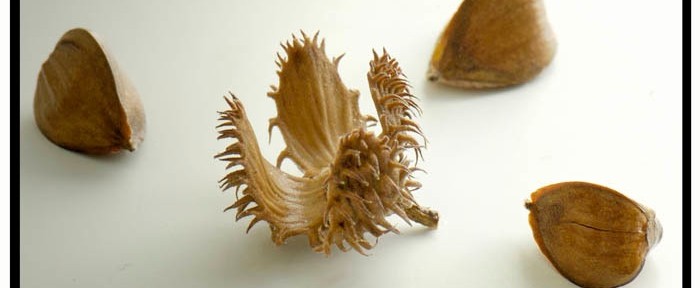I love living in East Texas. You and I live much closer to nature than do the city folks up in Dallas/Ft. Worth or down in Houston. The ‘woods’ are just outside our door and all the wild life that goes with them. Songbirds, raccoons, possums, foxes, deer, hawks and eagles can be seen in the woods of East Texas. If you’re lucky enough you can get a sight of these wonderful creatures right here within the city limits of Nacogdoches. They come to us in such abundance because we live in and on the edge of the great Southern forest of North America. Drive west from here and when you cross the Trinity River, you have left the forest and have entered a region that is dominated by grassy plains.
One of the great forest trees of our area is the American Beech (Fagus grandifolia).
It has long been one of my favorite trees. I can distinctly remember my first encounter with the beech. I was standing in forested, East Texas bottomland east and south of San Augustine, Texas, tromping through the woods with Billy Wall. (Some of you might remember him. He was the Post Master here for many years.) Down in that bottomland there was a wonderful stand of large beech trees, thousands of them. I don’t know how old they were, but their trunks were at least a foot or more across. Each was sporting beautiful, smooth, grey bark. Mr. Wall took me to a tree that he had carved his name in years before. Beech trees are famous because, if you carve in your name, the name will endure as long as the tree does. Carve a heart in a beech and put ‘Johnny loves Mary’ and that message will probably outlast both ‘Johnny’ and ‘Mary.’ In fact, it is thought that some of the world’s first literature was written on the bark of beech trees. According to W.C. Peattie, “…our word for ‘book’ comes from the Anglo-Saxon ‘boc’, meaning a character or letter, which in turn derives from Anglo-Saxon ‘beece’ for Beech.”
The American Beech has something else going for it- beechnuts. Recently, a new gardening friend brought me by some beechnuts. For this I was grateful. I think will grow a few beech trees from the nuts, although I could eat them instead. Beech trees produce an edible nut. And since we’ve been talking about words the genus ‘Fagus’ comes from the Latin word meaning ‘to eat.’ The beechnut was very important to Native Americans as a food source. Wildlife consumes a great quantity of beechnuts, as well. Anglo American settlers used roasted beechnuts as a substitute for coffee when times got tough. The French use beechnut oil in cooking, something I’ve not yet tried. But cooking is suppose to be their area of expertise, so I may look into it.
Now, beech trees are hard to come by. Local nurseries do not generally stock them, but you might ask your nurseryman to hunt around and get you a few. Nurseries will carry plant material they know the public is interested in buying so ask away. Or try these two mail order nurseries:
Woodlanders, Inc.-1128
Colleton Avenue, Aiken, SC 2980
(803) 648-7522
and
Forestfarm
990 Tetherow Rd.
Williams, OR 97544-9599
(541)846-7269
Photo caption
Zephaniah Swindell and his father, Willie, tend the syrup-making in Possum Trot, Texas.

